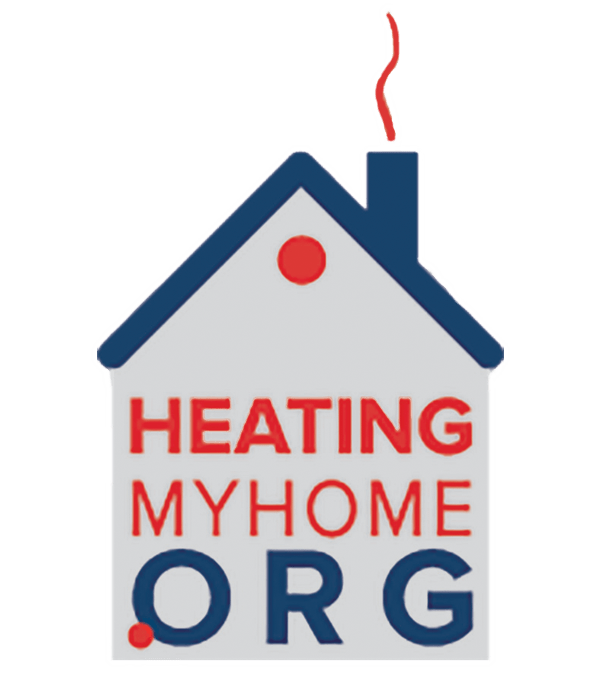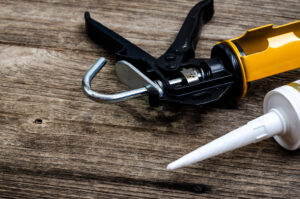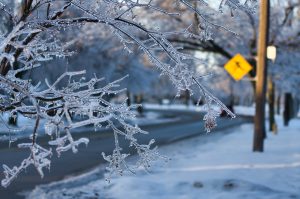Source: Energy.gov
Air leaks are among the greatest sources of energy loss in a home. One of the quickest money- and energy-saving tasks you can do is caulk, seal, and weatherstrip all seams, cracks, and openings to the outside. By sealing uncontrolled air leaks, you can save 10%–20% on your heating and cooling bills. Follow-ing your energy audit, you may have a number of recommended energy-saving projects you are considering. Prioritize weatherization projects to quickly improve the efficiency and comfort of your home. To identify air leaks, check around your walls, ceilings, windows, doors, lighting and plumbing fixtures, switches, and electrical outlets. Look for gaps, improperly applied caulk and weatherstripping, and doors and windows that don’t close tightly. On a windy day, carefully hold a lit incense stick or a smoke pen next to your windows, doors, electrical boxes, plumbing fixtures, electrical outlets, ceiling fixtures, attic hatches, and other places where air may leak. If the smoke stream travels horizontally, you have located an air leak.
After you identify all air leaks, do the following:
- Weatherstrip doors and windows.
- Caulk and seal air leaks where plumbing, ducting, or electrical wiring comes through walls, doors, ceilings, and soffits over cabinets.
- Install foam gaskets behind outlet and switch plates on walls.
- Use foam sealant on larger gaps around window trims, baseboards, and other places where air may leak out.
- Check the fireplace dampers to make certain they properly close.
- Consider an inflatable chimney balloon to seal your fireplace flue when not in use. Fireplace flues are made of metal, and repeated heating and cooling can cause the metal to warp or break over time, creating a channel for air loss. Inflatable chimney balloons are made from durable plastic and can be removed easily and reused hundreds of times. If you forget to remove the balloon before making a fire, the balloon will automatically deflate within seconds of coming into contact with heat.
Play iSpy & Find Where to Air Seal in Your Home
Seal air leaks around fireplace chimneys, furnaces, and gas-fired water heater vents with fire-resistant materials such as sheet metal or sheetrock and furnace cement caulk.
Install an insulated box to seal leaky attic stairs. Visit EnergySaver.gov for DIY instructions
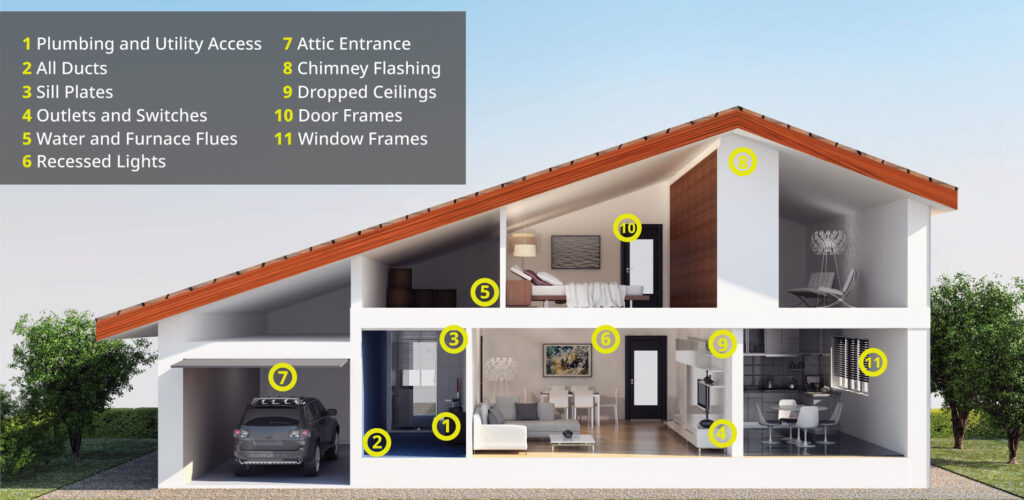
Insulation
After you complete air sealing, consider whether you need to add insulation. Insulation is essential for reducing heat flow through a home’s building envelope (the parts of the home that separate the interior from the outside elements, including the walls, roof, and foundation). The greater the difference between the indoor and the outdoor temperatures, the more energy it will take to maintain a comfortable temperature in your home. Adding insulation between the indoors and the outdoors reduces that energy demand, improves the comfort of your home, and saves you money.
Types of Insulation
Insulation is made from a variety of materials. The following are some of the most common types of insulation you’ll find in a home: rolls and batts, loose-fill, rigid foam, and foam-in-place. The type of insulation you should choose depends on how you will use it and on your budget. Visit EnergySaver.gov for more details on these and other types of insulation.
Rolls and batts—or blankets—are flexible products made from mineral fibers, such as fiberglass and rock wool, as well as recycled fibers such as denim. They are available in widths suited to standard spacing of wall studs and attic or floor joists.
Loose-fill insulation is usually made of fiberglass, rock wool, or cellulose in the form of loose fibers or fiber pellets. It should be blown into spaces using special pneumatic equipment. The blown-in material conforms readily to odd-sized building cavities and attics with wires, ducts, and pipes, making it well suited for places where it is difficult to effectively install other types of insulation.
Rigid foam insulation is typically more expensive than rolls and batts or loose-fill insulation, but it is very effective in exterior wall sheathing, interior sheathing for basement walls, and special applications such as attic hatches.
Foam-in-place insulation can be blown into walls, on attic surfaces, or under floors to insulate and reduce air leakage. You can use small pressurized cans of foam-in-place insulation to reduce air leakage in holes and cracks, such as window and door frames and around electrical and plumbing penetrations. There are two types of foam-in-place insulation: closed-cell and open-cell. Both are typically made with polyurethane.
Caution: installing foam insulation requires that you wear personal protective equipment, maintain adequate ventilation, and take other safety measures. Consider hiring a profes-sional to install foam insulation.
Use higher R-value insulation, such as spray foam, on exterior walls and in cathedral ceilings to get more insulation with less thickness.
